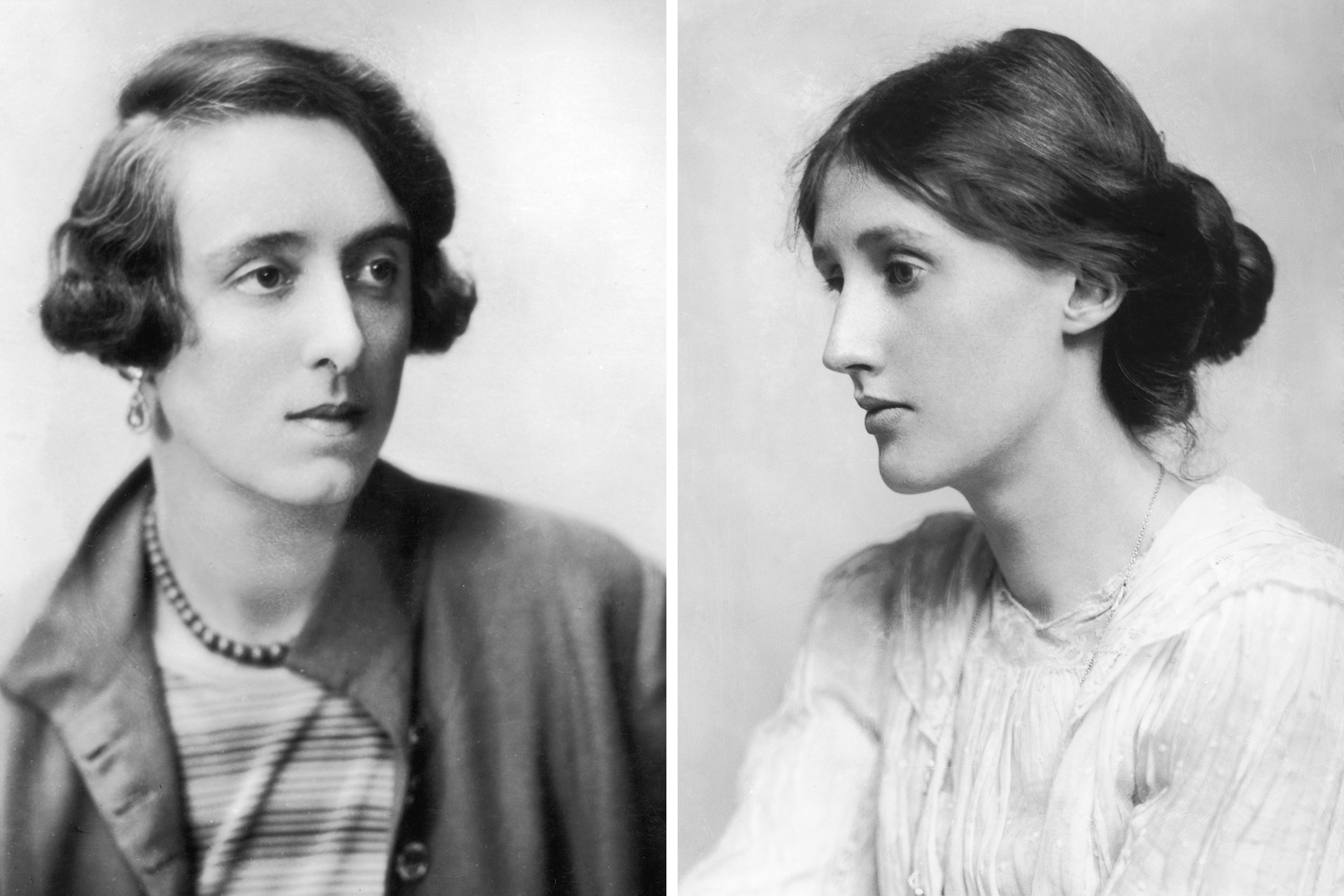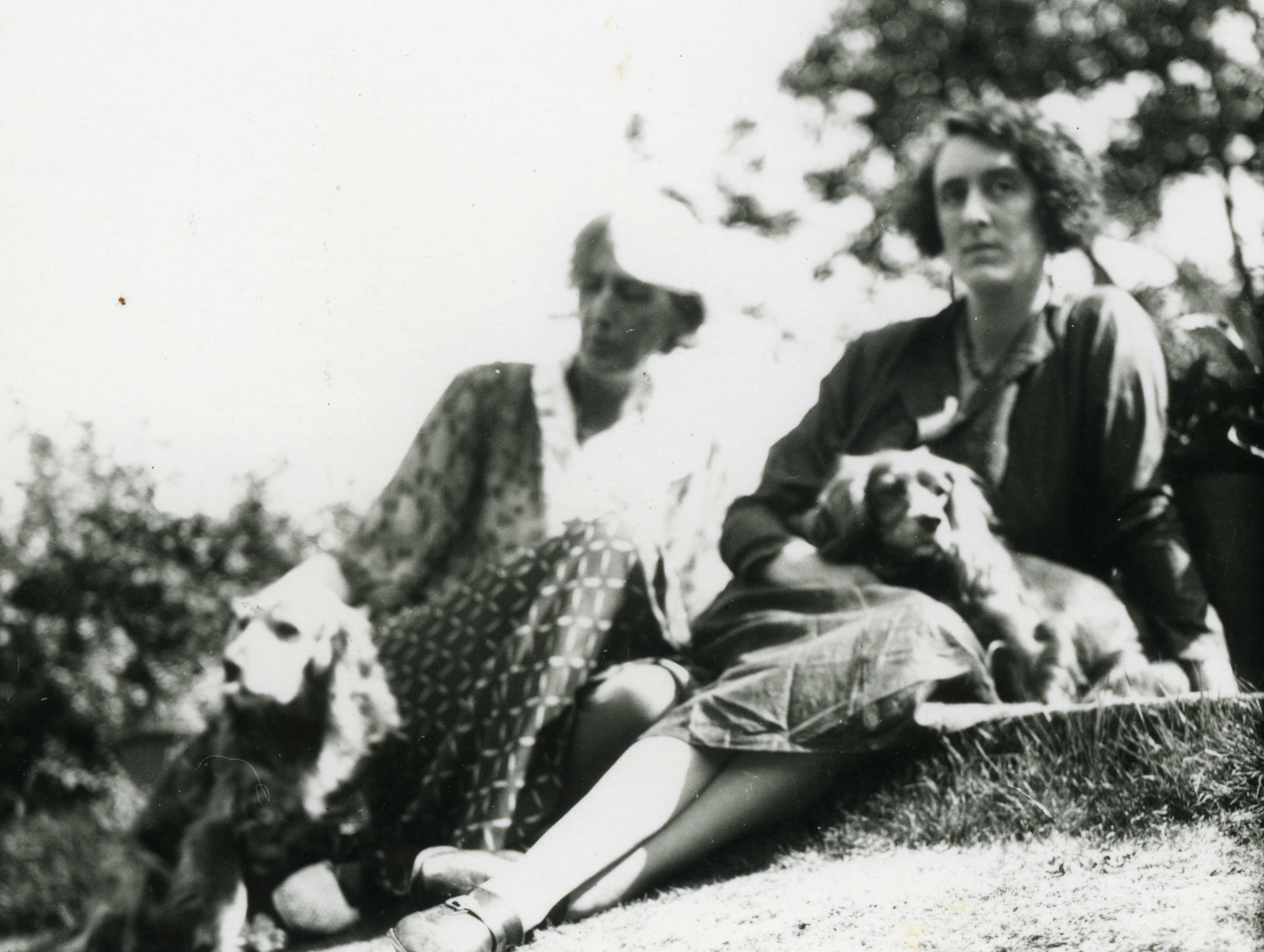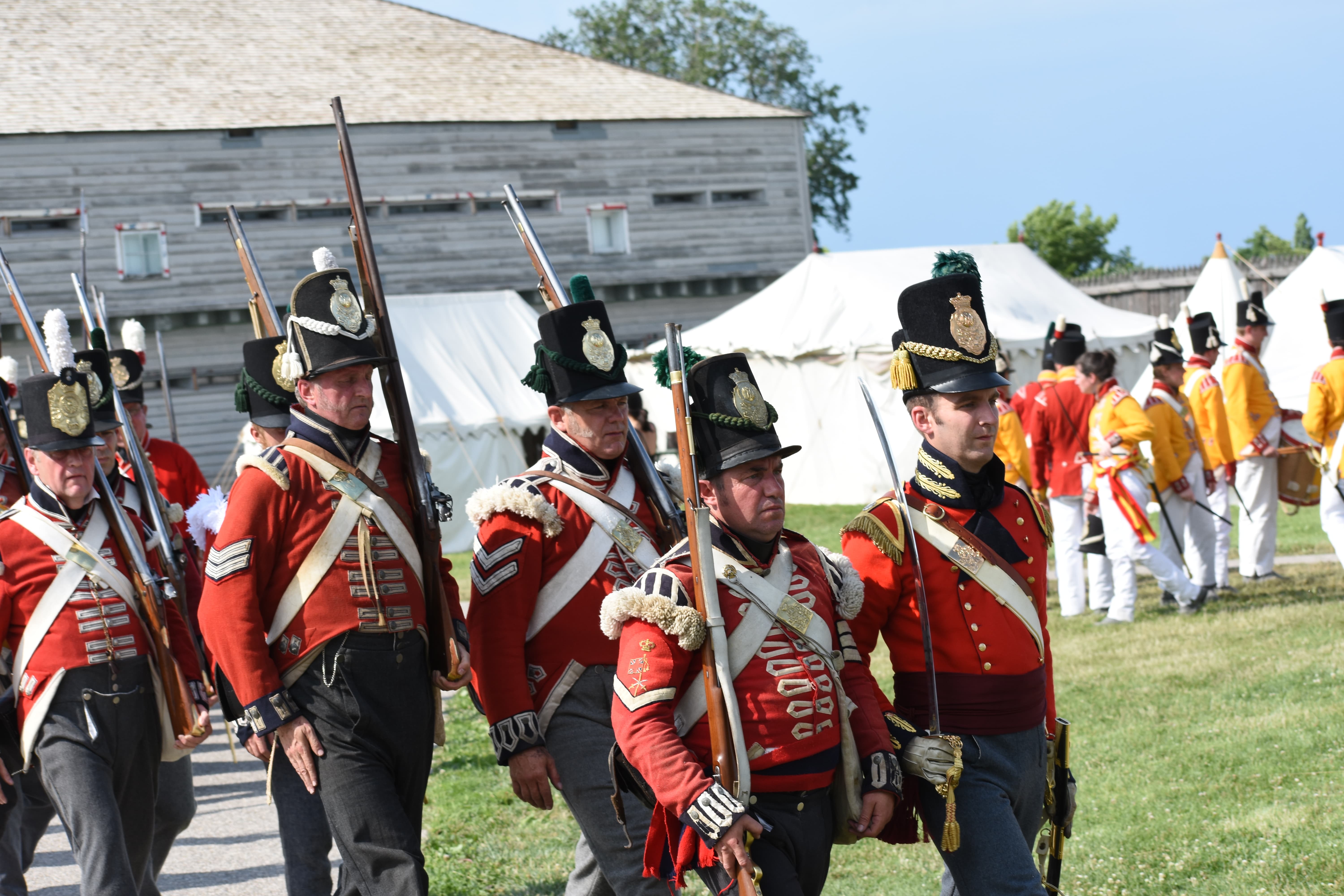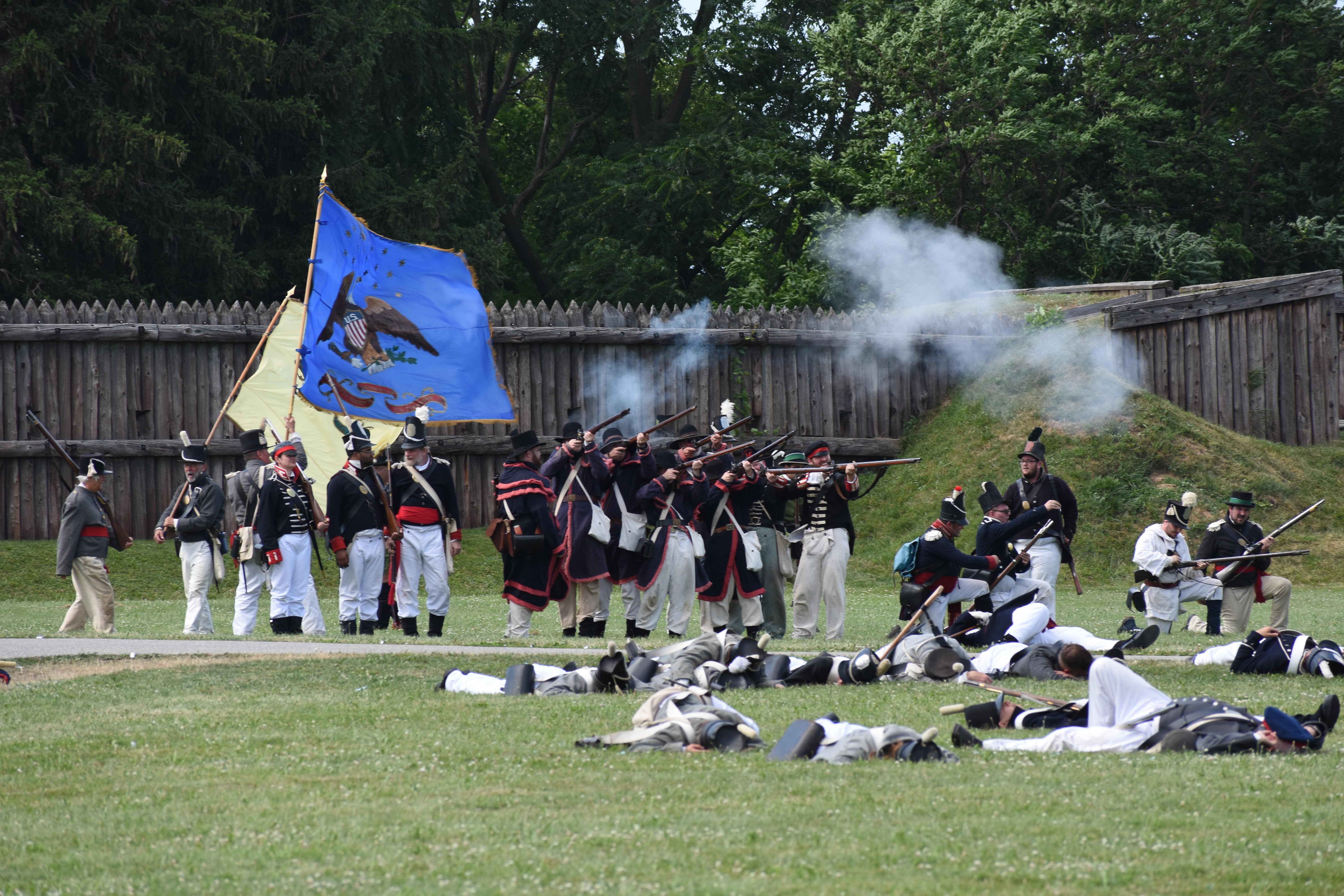This week, Historica Canada dropped its latest Heritage Minute, featuring Canada’s liberation of the Netherlands at the end of World War II. What makes Heritage Minutes so iconic? Why are they engaging? What works and what doesn’t? And which ones do we like best? We’ve discussed all these questions and more in our latest dialogue post.
By Lilia Lockwood & Serena Ypelaar
Lilia Lockwood: “I can smell burnt toast.” To a generation of Canadians this phrase means one thing. No, not that our breakfast got away from us. It means that Dr. Penfield has made a breakthrough in seizure treatment. It means … Heritage Minutes!!! I’m among those who grew up watching Heritage Minutes, which first hit our TV screens in 1991 (read more about their history here). Each 60-second video presents an aspect of Canadian history, with topics ranging from scientific achievements to wartime efforts to social issues. Before we get too deep I’ve gotta be honest here: I’m a fan. My laptop bag displays a “But I need these baskets back” button, I own the complete collection on DVD, and I donated to Historica’s D-Day minute fundraiser in 2018. So I’m very excited to chat with you about these minutes that are sometimes cheesy, sometimes moving, but always educational.
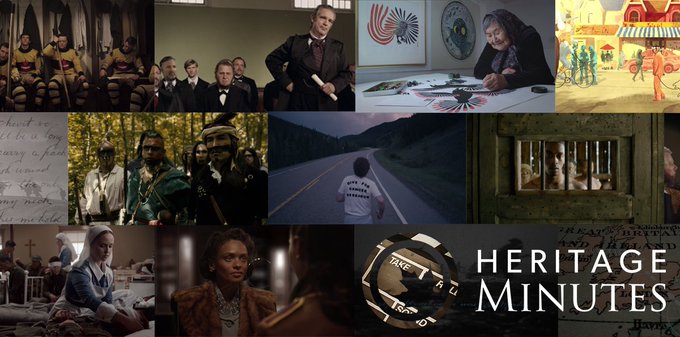
Serena Ypelaar: Agreed! Heritage Minutes offer so much in the way of historical interpretation. Condensing a history into one minute – while providing the context we need to understand the significance – isn’t an easy task. Minutes range from sombre to funny to patriotic, each provoking a different reaction (for better or for worse, as in the 1992 Vikings minute where I could only say “What?”). While I don’t boast any cool Heritage Minute buttons (where did you get yours?) I also grew up seeing these spots on TV. I remember which ones stuck with me: I’ve always associated the Laura Secord minute most strongly with Heritage Minutes.
Something about the succinct narrative and memorable imagery of Secord trooping through the mud lodged itself in my memory. Interestingly, the War of 1812 later became one of my focus areas as a history major. Likewise, I often remember the Jacques Cartier minute, as silly as it is, when I reflect on my profound interest in New France history. I wonder if these minutes had anything to do with that – I love accessible storytelling, so “Canadian history in a nutshell” can be pretty effective. Are there any minutes you’d consider “classics” in the sense that you remember them from childhood?
LRL: For sure, those old minutes bring up a lot of nostalgia (that Vikings one might best be described as a … cinematic experience …). One that stayed with me was the Nitro minute, about Chinese labourers’ dangerous work on the Canadian Pacific Railway. It’s memorable for its dramatic explosion, and also because it ended with a grandfather telling his grandchildren about the experience, just the way my grandfather would tell us stories about his life. Suspenseful moments like Laura Secord running her mission and the Chinese workers setting explosives capture our attention. But it’s then the small, relatable details that make the minutes sink in.
Looking back on this Heritage Minute now, though, there’s a different aspect that makes it stand out. It’s one of only a few of the original minutes that presented the histories of ethnic minorities in Canada. Since Historica Canada started making a new series of minutes in 2012, the topics have been far more inclusive, reflecting broader contemporary trends in historical study and interpretation. The Vancouver Asahi and Kensington Market minutes are great examples of this. What are your thoughts on the older vs. the newer minutes?
SVY: I completely agree! Alongside more diverse content, perhaps the most widespread shift is in the newer minutes’ narrative voice. For instance, Heritage Minutes tended to present Indigenous histories from a European settler point of view, as seen in the minute on Sitting Bull. But then you have the Louis Riel minute from 1991, which despite being an earlier minute shares the story of the Métis leader in a much more active voice: Riel tells his own story directly to the viewer. Later, the Heritage Minutes “renaissance” reframed stories, finally tackling the trauma of residential schools in the 2012 Chanie Wenjack minute. Likewise, we see the Battle of Queenston Heights from the perspective of Mohawk warriors Teyoninhokarawen (John Norton) and Ahyonwaeghs (John Brant), though it’s worth noting that only their English names are used in the 2013 minute – the minutes still have a ways to go in terms of moving away from that colonial lens in favour of deepening ethical representation.
Nevertheless, the stylistic narrative developments join modern cinematography to create more polished minutes across the board. We learn about Lucy Maud Montgomery and the Acadian Deportation in a similar way – directly from the perspective of the people involved. Instead of “they did/experienced this”, the storytelling favours “I did/experienced/felt this”. This approach plays on our empathy, and I find it’s a key instrument of memory – I’m more likely to remember something that made me react emotionally (like the Terry Fox, Jim Egan and Winnipeg Falcons minutes).
LRL: I had similar thoughts about the changing way Indigenous histories are presented in the minutes. It’s worth watching Inukshuk and Kenojuak Ashevak back-to-back to appreciate the difference. The Kenojuak Ashevak minute was also the first to be made in a language other than English and French (Inuktitut), which is an important step in making minutes more accessible for the communities they engage with. Another aspect that creates that emotional connection is for people to see their own stories shared in the minutes as part of a nationwide narrative. I’m happy you brought up the Winnipeg Falcons minute, because it accomplishes exactly that (and is one of my favourites). On the YouTube page for the Falcons video, viewers commented that this minute made them proud of their cultural heritage, whether Icelandic or Western Canadian.
One of the reasons I personally like this minute is the way it ties together so many threads of the Falcons’ story. It doesn’t just show them as the first Olympic ice hockey gold-medal-winning team, but also as members of an immigrant community and veterans of the First World War. The amount that people can learn (and retain) from a one-minute clip shouldn’t be underestimated, when it is done well. Also! This minute highlights one of the fun sides of Heritage Minutes: celebrity cameos! This one is a double-whammy, starring Jared Keeso and narrated by George Stroumboulopoulos. Other minutes feature Colm Feore, Joy Kogawa, Dan Aykroyd, Graham Greene, Adrienne Clarkson, Pierre Houde, Allan Hawco, and – I’m not kidding – Pierce Brosnan. In fact, you may recognize the narrator in the newest Heritage Minute as well …
SVY: Oh, I’m so glad you mentioned celebrity cameos, because I was trying to think of a way I could weave in the fact that Pierce Brosnan appeared in a Heritage Minute (as Grey Owl, if you’re wondering). And I am a big fan of Stratford legend Colm Feore, so to see him playing John McCrae is incredible. Including celebrities from Canada and elsewhere provides another great layer of engagement, sparking connections for people (fun fact/brag: I’ve attended a concert George Stroumboulopoulos hosted in his living room! haha). And as per your hint at the newest minute, I was pleasantly surprised to hear that Peter Mansbridge narrates toward the end!
This minute, featuring the liberation of the Netherlands, is near and dear to my heart because I am a Dutch-Canadian. My Opa was ten years old and living in Holland during World War II – he experienced the Nazi occupation firsthand. Just over a decade later, he immigrated to Canada, met my Nana, and they married in 1961. For me, the emotional parallels in this Heritage Minute really highlight how powerful a condensed snapshot can be when it hits just right.
As Lilia pointed out, it’s amazing that the minutes allow us to see ourselves within them; to feel woven into Canadian history and unified by events that shaped our nation, whether they’re tragic like the Halifax Explosion minute, hopeful like the Boat People minute, inspiring like the Richard Pierpoint and Edmonton Grads minutes, or divisive like the Sir John A. Macdonald minute. We see, and hopefully will continue to see, our stories reflected back at us as Historica Canada continues producing Heritage Minutes that reflect the diversity of people that live here.

